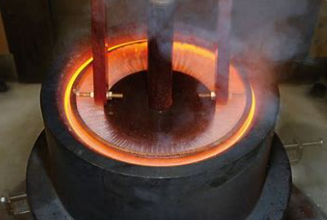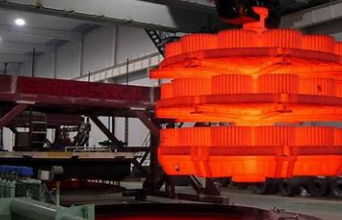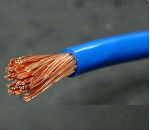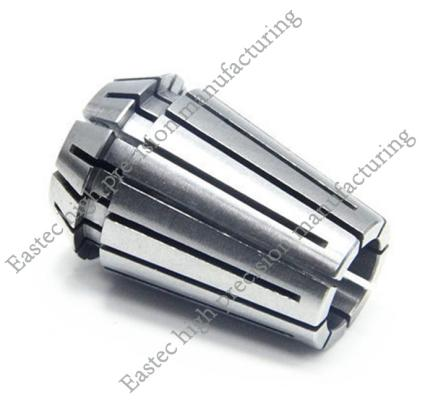Quenching and tempering are heat treatment processes commonly used to alter the hardness and other mechanical properties of metals, particularly steel. Let's discuss how hardness changes during these processes.
1、Quenching: Quenching involves rapidly cooling a metal from a high temperature, typically above its critical temperature, to room temperature or below. This rapid cooling prevents the formation of a stable crystal structure, resulting in a high hardness state. The hardness achieved through quenching is referred to as "as-quenched" or "untempered" hardness.

The rapid cooling rate traps atoms within the crystal lattice, creating a supersaturated solid solution and high internal stresses. This results in a material that is hard but also brittle. The hardness achieved by quenching is primarily determined by the cooling rate, the composition of the metal, and its carbon content (in the case of steel). Higher cooling rates generally lead to higher hardness.
2、Tempering: Tempering follows the quenching process and involves reheating the hardened metal to a temperature below its critical temperature and holding it there for a specific period. This step is carried out to reduce the brittleness caused by the quenching process and to adjust the hardness and toughness of the material.

During tempering, some of the internal stresses created during quenching are relieved, and the crystal structure undergoes changes. This allows for the precipitation of finely dispersed particles within the metal matrix, which can provide additional strength and toughness.
The tempering temperature and time determine the final hardness and mechanical properties achieved. The higher the tempering temperature, the lower the hardness but higher the toughness. The tempering process reduces the hardness achieved through quenching, but it also imparts better ductility and toughness to the material.
Overall, the combination of quenching and tempering allows for the achievement of a desired hardness range while maintaining a balance between hardness, strength, and toughness in the material.
It's important to note that the specific hardness achieved through quenching and tempering varies depending on the composition of the metal, the cooling and tempering parameters, and other factors specific to the material being treated. Additionally, different hardness testing methods, such as the Rockwell or Brinell hardness tests, can be used to measure and quantify the hardness changes accurately.





 Customer service 1
Customer service 1  Customer service 2
Customer service 2